AMD has announced their next generation driver platform, Crimson, as part of AMD’s new more agile and vertical software initiative that’s come from the reorganization into the Radeon Technologies Group.
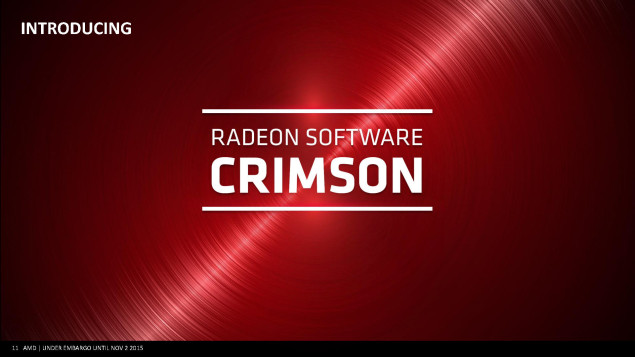
Introducing AMD Radeon Crimson, the new face of drivers for AMD.
Though not available today, AMD’s Radeon Software Crimson is a dramatic shift in their software design strategy. AMD has spent some time going over their Catalyst driver interface to identify problems and set out to fix them, to make a better driver interface that’s easier to digest and easier to actually work with. And it was emphasized that you won’t have to register with an email address to use it, either.
With this new driver release, AMD is looking to move away from the common criticisms of their drivers that has been near constant in the past. The Catalyst Control Center was well received when it was released, though it’s now grown into something large and unweildy. AMD’s goal, then, for Radeon Crimson is to re-brand their drivers as something new that fits with their new software initiative as well as redesign the interface into something that befits the 21st century.
Now it’s simply called Radeon Software to help emphasize the Radeon brand and to bring that recognition over to their software. They’ll also have a new naming scheme for drivers going forward. AMD’s drivers are far more stable than they had been in 2002 when the Catalyst Control Center was first released, though the association with those poorly optimized and implemented drivers still remains, hence the name change to distance the drivers from the rocky past.

Goodbye Catalyst, hello beautiful.
The new GUI, now built entirely on QT for it’s speed and stability, is part of a a new design philosophy that’s supposed to be far more intuitive and easier to use while still providing the advanced control that power-users require. The emphasis her is obviously on the interface itself showing that they’re more than committed to addressing the issues that have been mainstay for quite some time.

But there are plenty of visual improvements and even some other inclusions that are expected to be appeal to gamers, though. There’s a new game manager that allows per game customization in a very easy to use interface. A new overdrive menu that is more intuitive, and good to look at, that also lets you set overclocking profiles for individual games as well. The video settings are adaptive and will list only what you’re card is capable of. Eyefinity is also adaptive, and is able to give a “best guess” based on what’s plugged in and where, should you activate it.

The overall new look is much sleeker than it has been in the past, and it does appear to at least offer a measure of intuitiveness as part of the design. Good looks do count for something, and it’s even supposed to be a much faster GUI as well. It can startup in around 9 seconds in even the worst of conditions.

This looks like a well done feature, and one that was lacking from a first-party standpoint. NVIDIA has their GeForce Experience, which is separate, and now AMD will have their own internal game manager that can also tune your games settings, including OC profiles for individual games.



Unfortunately only small performance improvements and stability improvements of the actual underlying driver are expected with this release. But again, this is part of AMD’s initiative to try to make their software just as powerful as their hardware. It’s easily been dismissed in the past, but now even the user interface is under scrutiny, and AMD is more than willing to fix that for us in their Crimson update. And really, this is only the beginning and while we won’t see massive performance boosts in games as a result of this, it’s a step towards bringing their driver interface to parity with NVIDIA and is a look at the future.
We won’t have drivers to test for a few weeks yet, but the interface does look very interesting. Down below we have a gallery that goes over some of the finer points you can expect to see in the new Crimson release.

Originally written by Jeff Williams: http://wccftech.com/amd-radeon-software-crimson-driver-announced-completely-redesigned-from-the-ground-up/
By courtesy of Jeff Williams:
Official Trailer:
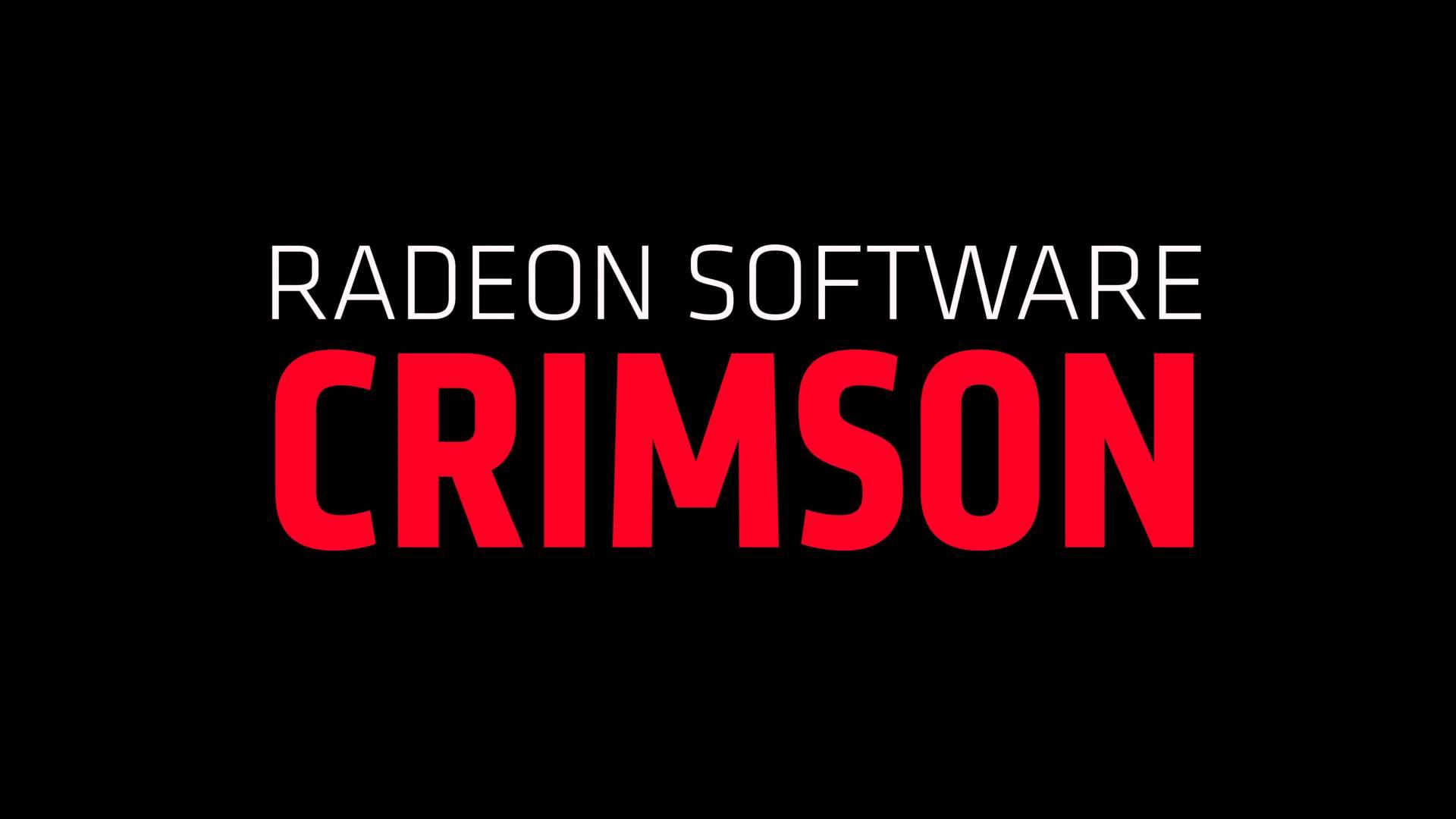
Editor Note: It's not entirely clear what parts of it will come to Linux.

Introducing AMD Radeon Crimson, the new face of drivers for AMD.
Though not available today, AMD’s Radeon Software Crimson is a dramatic shift in their software design strategy. AMD has spent some time going over their Catalyst driver interface to identify problems and set out to fix them, to make a better driver interface that’s easier to digest and easier to actually work with. And it was emphasized that you won’t have to register with an email address to use it, either.
With this new driver release, AMD is looking to move away from the common criticisms of their drivers that has been near constant in the past. The Catalyst Control Center was well received when it was released, though it’s now grown into something large and unweildy. AMD’s goal, then, for Radeon Crimson is to re-brand their drivers as something new that fits with their new software initiative as well as redesign the interface into something that befits the 21st century.
Now it’s simply called Radeon Software to help emphasize the Radeon brand and to bring that recognition over to their software. They’ll also have a new naming scheme for drivers going forward. AMD’s drivers are far more stable than they had been in 2002 when the Catalyst Control Center was first released, though the association with those poorly optimized and implemented drivers still remains, hence the name change to distance the drivers from the rocky past.

Goodbye Catalyst, hello beautiful.
The new GUI, now built entirely on QT for it’s speed and stability, is part of a a new design philosophy that’s supposed to be far more intuitive and easier to use while still providing the advanced control that power-users require. The emphasis her is obviously on the interface itself showing that they’re more than committed to addressing the issues that have been mainstay for quite some time.

But there are plenty of visual improvements and even some other inclusions that are expected to be appeal to gamers, though. There’s a new game manager that allows per game customization in a very easy to use interface. A new overdrive menu that is more intuitive, and good to look at, that also lets you set overclocking profiles for individual games as well. The video settings are adaptive and will list only what you’re card is capable of. Eyefinity is also adaptive, and is able to give a “best guess” based on what’s plugged in and where, should you activate it.

The overall new look is much sleeker than it has been in the past, and it does appear to at least offer a measure of intuitiveness as part of the design. Good looks do count for something, and it’s even supposed to be a much faster GUI as well. It can startup in around 9 seconds in even the worst of conditions.

This looks like a well done feature, and one that was lacking from a first-party standpoint. NVIDIA has their GeForce Experience, which is separate, and now AMD will have their own internal game manager that can also tune your games settings, including OC profiles for individual games.



Unfortunately only small performance improvements and stability improvements of the actual underlying driver are expected with this release. But again, this is part of AMD’s initiative to try to make their software just as powerful as their hardware. It’s easily been dismissed in the past, but now even the user interface is under scrutiny, and AMD is more than willing to fix that for us in their Crimson update. And really, this is only the beginning and while we won’t see massive performance boosts in games as a result of this, it’s a step towards bringing their driver interface to parity with NVIDIA and is a look at the future.
We won’t have drivers to test for a few weeks yet, but the interface does look very interesting. Down below we have a gallery that goes over some of the finer points you can expect to see in the new Crimson release.

Originally written by Jeff Williams: http://wccftech.com/amd-radeon-software-crimson-driver-announced-completely-redesigned-from-the-ground-up/
By courtesy of Jeff Williams:
@BdMdesigN Of course! Thank you for asking. :)
— Jeff Williams (@wesjanson99) 5. November 2015Official Trailer:

YouTube videos require cookies, you must accept their cookies to view. View cookie preferences.
Direct Link
Direct Link
Editor Note: It's not entirely clear what parts of it will come to Linux.
Some you may have missed, popular articles from the last month:
All posts need to follow our rules. For users logged in: please hit the Report Flag icon on any post that breaks the rules or contains illegal / harmful content. Guest readers can email us for any issues.
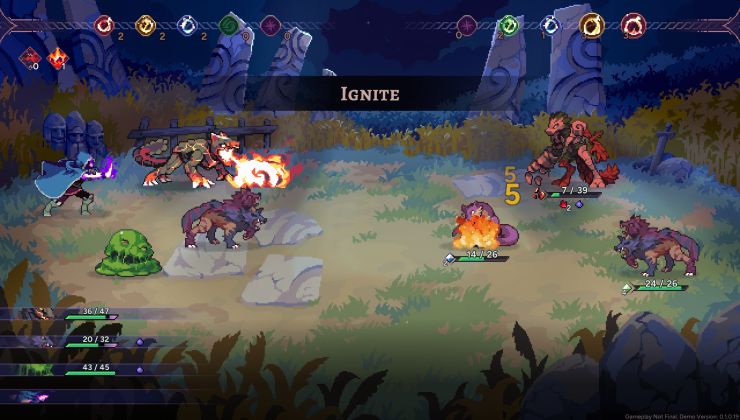
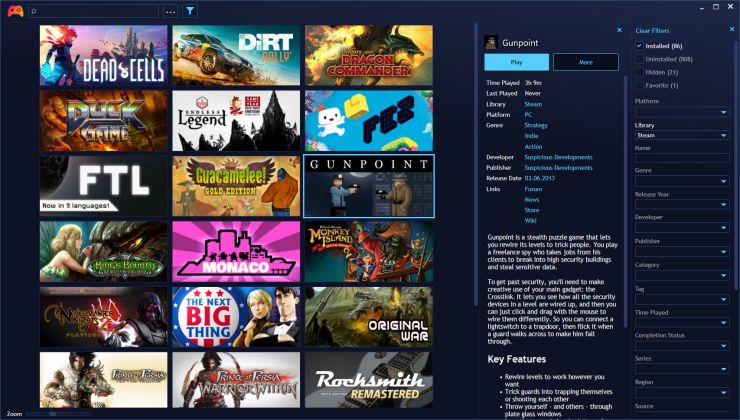

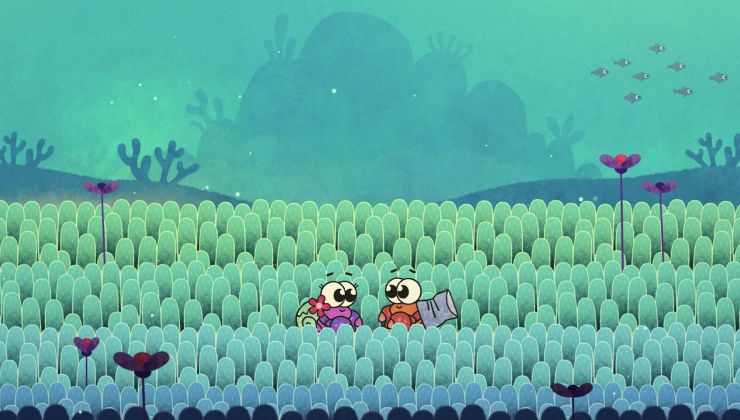
 How to set, change and reset your SteamOS / Steam Deck desktop sudo password
How to set, change and reset your SteamOS / Steam Deck desktop sudo password How to set up Decky Loader on Steam Deck / SteamOS for easy plugins
How to set up Decky Loader on Steam Deck / SteamOS for easy plugins
Last edited by TobiSGD on 6 Nov 2015 at 6:50 pm UTC
No, definitely not April 1st.
As an NVIDIA user, I have to ask, why should I care how some settings panel looks if I can't play games with that driver*? There's some sarcastic comment to be put here but I'll pass in an effort not to offend anyone.
* my ignorance is not intentionally malicious, no trolling
The Driver Interface are written in QT.
So the Radeon Software can run completely on Linux and thats the reason why i wrote this to you AMD Linux Gamer.
But we will see how much we get on Linux from all the stuff in the Radeon Software.
The Radeon Software is the new Interface for the Vulkandriver from AMD.
So i have understand it.
Last edited by LinuxGamesTV on 6 Nov 2015 at 3:30 pm UTC
Alright, then I will instead be eagerly waiting for news of that driver being released any day now?..
The problem is, that driver won't help with the current games, will it?
It seems this is more about the UI of the control center.
And it's not even clear if this will also cover Linux.
The AMDGPU Driver do it. The AMDGPU is the new opneGL and Vulkan driver and for this driver it's the new GUI.
I think they use QT as GUI scripting language for the reason: It's a multiplatform language.
KDE is written in QT too as exemple.
AMD could have use .NET, but they have not done.
Last edited by LinuxGamesTV on 6 Nov 2015 at 3:50 pm UTC
To be fair most other sites aren't referring to it as a driver so I suspect that this is a journalistic issue.
This announcement does not change my mind.
Qt = Qt
I see the implementation of a new UI as a ... let's say marketing gag to advertise something is brewing there. I don't think they have the manpower to rewrite the whole catalyst driver series in a as short time as a year, but I certainly hope they did improvements on the driver side as well. AMD being a good alternative to NVidia would be nice to see.
Edit: Oh, I see this is Windows only. Ho hum.
Last edited by Mountain Man on 6 Nov 2015 at 6:11 pm UTC
Yes, my misstake.
Qt i mean.
What makes you think that it is Windows only, if it is intended to replace the CCC?
I can read anywhere, that will be only for Windows software.
But Liam can ask his AMD Contact for this.
I would ask my AMD contact, but after he agreed to do an interview with me I never heard from him again.
That's bullshit, it's all about the theming. This one looks as if designed with QML. Anyway, if you look at standard themed GTK+ applications, they're ugly as hell ;-).
Anyway, Qt is at the moment the more professional and better (in sense of features and cross platform compatibility) toolkit compared to GTK+. Even long living GTK+ projects switched to Qt (Surface, LXDE, Unity8, Dropbox, Wireshark, VLC - to name a few prominent ones). Mostly they named the reason that cross platform in GTK+ was mostly a stepchild, especially the native look-and-feel on other platforms was just bad (and still is). Some even because they couldn't implement certain things in GTK+ without ugly workarounds. Sadly, QML Desktop elements do not yet have feature parity with Qt Widgets (as icons in dropdown menus).
The largest issues of Qt were (for a long time) the licensing issue not being LGPL, and that the libraries were pretty big, so you loaded pretty much a junk of things into memory. They changed that in Qt4 (licensing, Nokia) and Qt5 (splitting Qt into more libraries), which were really positive and long awaited moves.
Toolkit for me still is a developers choice. As long as the distributions and community manages the theming part, I'm fine with the developers using their preferred toolkit.
Last edited by STiAT on 6 Nov 2015 at 9:38 pm UTC
Maybe if we ask them on twitter somebody will give an answer if it's intended to bring this to our platform as well :-).